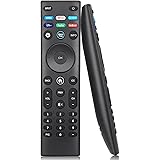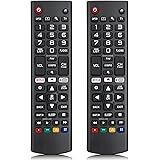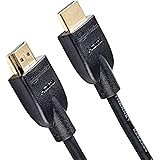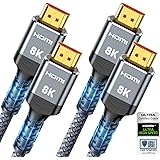If you want to create the cinematic experience of going to the movies in your home, there are many things that must be taken into consideration. Not the least of which are audio and video system equipment and configuration, the room’s acoustics, and how you want to use your home theater. Here are a few tips to help you get started.
Start with a clear understanding of what you’re trying to accomplish. You’ll need a TV, a sound system with speakers and a receiver, and some type of video input (e.g. a DVD player or game console). An antenna, cable box or satellite dish is also helpful if you plan on watching live television or streaming content. You can also add a media streamer to your home theater setup for access to online video platforms like Netflix and Hulu.
The most important component of a home theater is the sound system. A good surround sound system will recreate the cinematic feeling of being at the movies, but you can even go further with technologies like Dolby Atmos that deliver height channels to immerse you in the action. You’ll also need to decide whether to opt for a large screen TV or a projector.
A receiver is the heart of a home theater system, and you’ll want to choose one that is compatible with your existing audio components. It should have a few HDMI inputs for connecting to your TV and video source. The receiver will also have outputs for connecting to your speakers. If you’re building your home theater from scratch, consider a receiver that supports Dolby Atmos for the ultimate cinematic experience.
An essential accessory for your home theater is a surge protector. Power spikes can destroy the circuitry in your expensive audio and video systems, and a surge protector is an inexpensive way to protect against them.
You’ll need to purchase the necessary cables for your home theater setup. Be sure to purchase high-quality 16-4 gauge speaker wire for your surround sound system, and 12- or 14-gauge cables for primary speakers. A wire stripper is an essential tool for preparing speaker wire ends, and you’ll also want to pick up a label printer to identify which end goes to which speaker.
Unless you’re a carpenter, it’s best to leave the actual installation of your home theater to a professional. A teknologist has the skills and tools to mount and conceal your equipment in a way that makes it look seamless. A teknologist will also know how to configure your device settings for optimal performance and how to calibrate the audio and video for your specific space.
With a little planning, you can turn your media room into the movie-watching paradise of your dreams. Using these tips and hiring a teknologist can make the process smoother and ensure you’re getting the best results from your home theater system. So why not book a consultation with an expert to see how they can help you?









